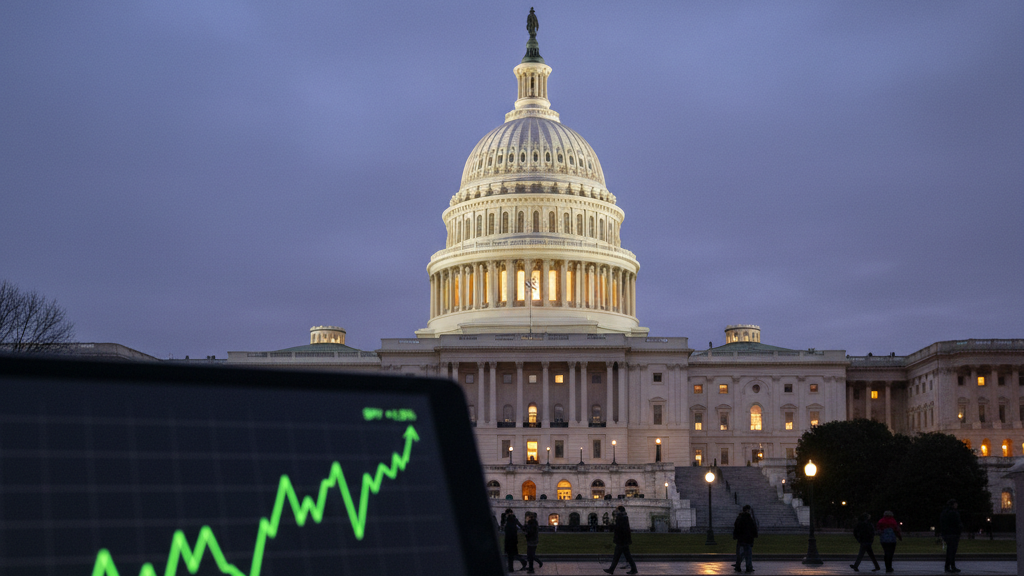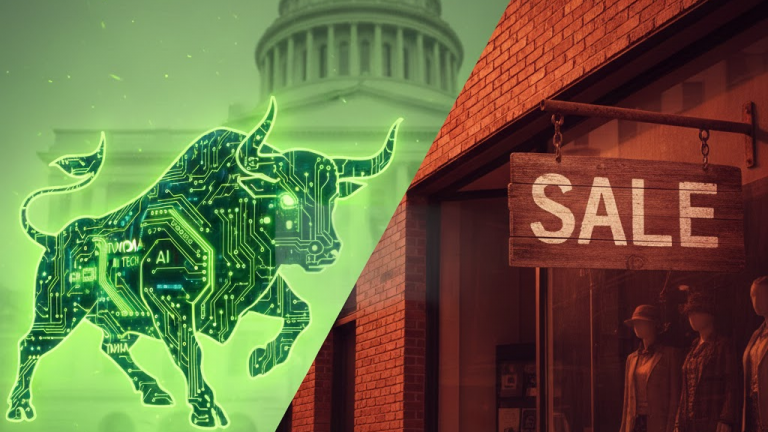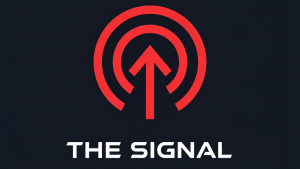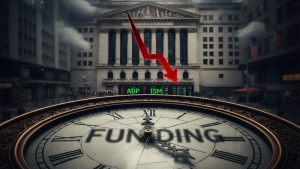For investors, the key takeaway from the looming US government shutdown is that while it may create short-term market choppiness, historical precedent suggests it is unlikely to be a major, long-lasting negative event for the stock market. Analysts are largely advising investors to look past the political “noise” from Washington D.C., pointing out that markets have often risen during previous shutdowns. The prevailing view is that underlying economic fundamentals, such as corporate earnings and Federal Reserve interest rate policy, are far more significant drivers for stocks.
However, this situation is not without unique risks. The primary concern circulating among market experts is the potential delay in the release of critical economic data, such as inflation and employment reports. A data-dependent Federal Reserve could be left flying blind, complicating future interest rate decisions. This uncertainty, combined with the administration’s threat of permanent federal layoffs a departure from past shutdowns creates a potential for more negative market reactions if the shutdown is prolonged.
The Core News (What Happened?)
The U.S. government is on the brink of a shutdown as Congress has failed to pass the necessary funding legislation before the fiscal year deadline at midnight on September 30th. The Senate has rejected competing plans to extend funding, leading to a political stalemate. This means that unless a last-minute deal is reached, many federal agencies will cease non-essential operations, and hundreds of thousands of federal employees could be furloughed.
Background (Setting the Stage)
Coming into this week, investors were watching the congressional budget negotiations closely, although most market participants were not positioned for a major, disruptive event. The expectation among many seasoned analysts, based on numerous historical precedents, was that any shutdown would likely be short-lived and have a minimal economic impact. The current deadlock, however, has persisted despite last-minute meetings, increasing the probability of a shutdown and raising concerns that it could be more contentious and potentially longer than prior instances. A key difference this time is the White House budget office’s instruction to agencies to prepare for potential permanent layoffs, a significant escalation from previous shutdowns where furloughed workers were later given back pay.
The Debate (The Bull vs. Bear Case)

The Bull Case (The Optimistic View): Optimists believe this shutdown is largely political theater that will have little fundamental impact on the market’s trajectory. Analysts at UBS and strategists like Matt Orton of Raymond James suggest investors should “fade the noise.” They argue that history shows shutdowns are typically short and their economic effects are quickly reversed once the government reopens. The S&P 500, for instance, gained over 10% during the longest shutdown in 2018-2019. Bulls contend that the market’s primary drivers remain positive, including a likely continuation of the Federal Reserve’s interest rate easing cycle and strong corporate earnings, particularly from themes like Artificial Intelligence.

The Bear Case (The Cautious View): The cautious voices point to the unique uncertainties of this specific situation. Analysts at Charles Schwab note that underlying economic concerns and worries from foreign investors about U.S. government dysfunction could make the market react more negatively this time. The most significant risk highlighted by multiple sources, including TD Economics, is the suspension of key economic data releases.
Without timely reports on jobs or inflation, the Federal Reserve’s ability to make informed policy decisions is hampered. This lack of visibility could introduce significant market volatility. Furthermore, a prolonged shutdown could drag on quarterly GDP growth and erode consumer confidence, with Chuck Tomes at Manulife Investment Management noting estimates of a 0.1 to 0.2 percentage point drag on GDP for each week the shutdown lasts.
By the Numbers (Key Data & Metrics)
- Historical S&P 500 Performance: During the longest government shutdown
(35 days in 2018-2019), the S&P 500 actually posted a positive return of 10.3%. - Average Shutdown Impact: Since 1976, the S&P 500 has risen during the last five government shutdowns.
- GDP Impact: Economists estimate that each week of a government shutdown could reduce quarterly Gross Domestic Product (GDP) growth by approximately 0.1 to 0.2 percentage points.
- Affected Workforce: A shutdown could furlough approximately 800,000 federal workers, temporarily removing their spending power from the economy.
- Market Volatility: The Cboe Volatility Index (VIX), often called the market’s “fear gauge,” climbed more than 5% on Monday as shutdown anxieties increased.
Disclaimer: This article is for informational purposes only and does not constitute financial, investment, or legal advice. The information provided is a synthesis of publicly available data and expert analysis and should not be considered a recommendation to buy or sell any security. Investing in the stock market involves risk, including the possible loss of principal. Past performance is not indicative of future results. Readers should consult with a qualified financial advisor to determine an investment strategy that is suitable for their own personal financial situation and risk tolerance.






















